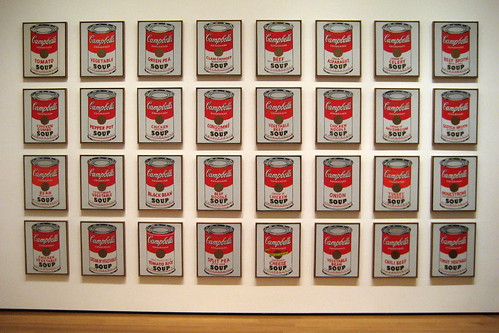The Han Dynasty:
•The first of China’s four main dynasties.
•The goal for alliances formed the Silk Road, a trade route to the Roman Empire.
•During the Han Dynasty, the Chinese improved the makings of ceramics and silk-weaving.
•Also, funerary art was a main focus, apparent in decorated tombs.
The Six Dynasties:
•During a unstable time for China, the arts developed greatly.
–Woodblock printing was invented.
–Poetry, painting, and other arts became a personal way to express feelings.
–Calligraphers became more adapted to unique styles.
The Sui Dynasties:
•Potters invented porcelain by taking white clay and molding it and finishing it by applying a clear glaze.
The T'ang Dynasty:
•The Silk Road was booming with imports and exports.
•Second of the four great dynasties.
–Figure Painting, Tri-colored ceramics, and delicate porcelain evolved.
–Cobalt, blue glazes developed in this era.
–Gold and silver ornaments were placed in the burials with royalty.
The Five Dynasty:
•This period had two main artistic advances.
–Ceramists introduced “whiteware”, what we know today as china.
–“Monumental ink landscape” evolved into a typical style of painting.
The Yuan Dynasty:
•Short lived period
–Development of Literature and Painting
–Opened up many trade routes to India and the Middle East.
•Lots of silk trade
The Sung Dynasty
•Known as the third Chinese golden age.
–Crude invaders drove the Chinese from their territories during this time forcing them to start a new life elsewhere.
–The paintings from this time reflect the heartache and stress the Chinese people faced during this era.
–Wooden sculpture became more realistic as well.
The Yuan Dynasty:
•Famous for the blue and white porcelain. It was technically not invented in this dynasty but it achieved popularity during this time because of the trade routes.
Ming Dynasty:
•Constructed the reowned Forbidden City.
–An Imperial Palace of staggering proportions.
–Leaders tried to revive a sense of cultural traditions
•Bronze incense burners, green and gold ceramic funerary.
•Looked back to the Sung Dynasty for their inspiration (11th and 12th centuries)
–Painted large hanging landscapes for the palace.
•Concise revision of mainly pictorial arts
•A period of reowned prosperity especially in the beginning and the middles.
•Here we see a peal of literartist.
•Three schools of paintings emerged:
–The Che
•The Formal Approach
–The Wy
•Appealed to the intellectuals
–The Eccentric
•Spontaneity and freedom of expression
1912 to Present:
•After the Communists came to power in 1949 the graphic arts useful to political propaganda were encouraged, and Western influence in the arts was strictly discouraged. Within the limits of government restrictions two painters, Li K'o-jan and Ch'eng Shih-fa, have produced works of considerable individuality. Chinese artists working outside China, including Tseng Yu-ho in Hawaii, C. C. Wang in New York, and Chao Wu-chi in France, have produced abstract works based on calligraphy that reveal some Western influence.
View examples of the art at:
1. http://www.artsmia.org/viewer/detail.php?i=7&v=2&op=1209
2. http://www.infoplease.com/ce6/ent/A0857312.html
3. http://www.contemporarychinesefineart.com/ARTISTS1.htm











 Above: Oxidation 1978
Above: Oxidation 1978

